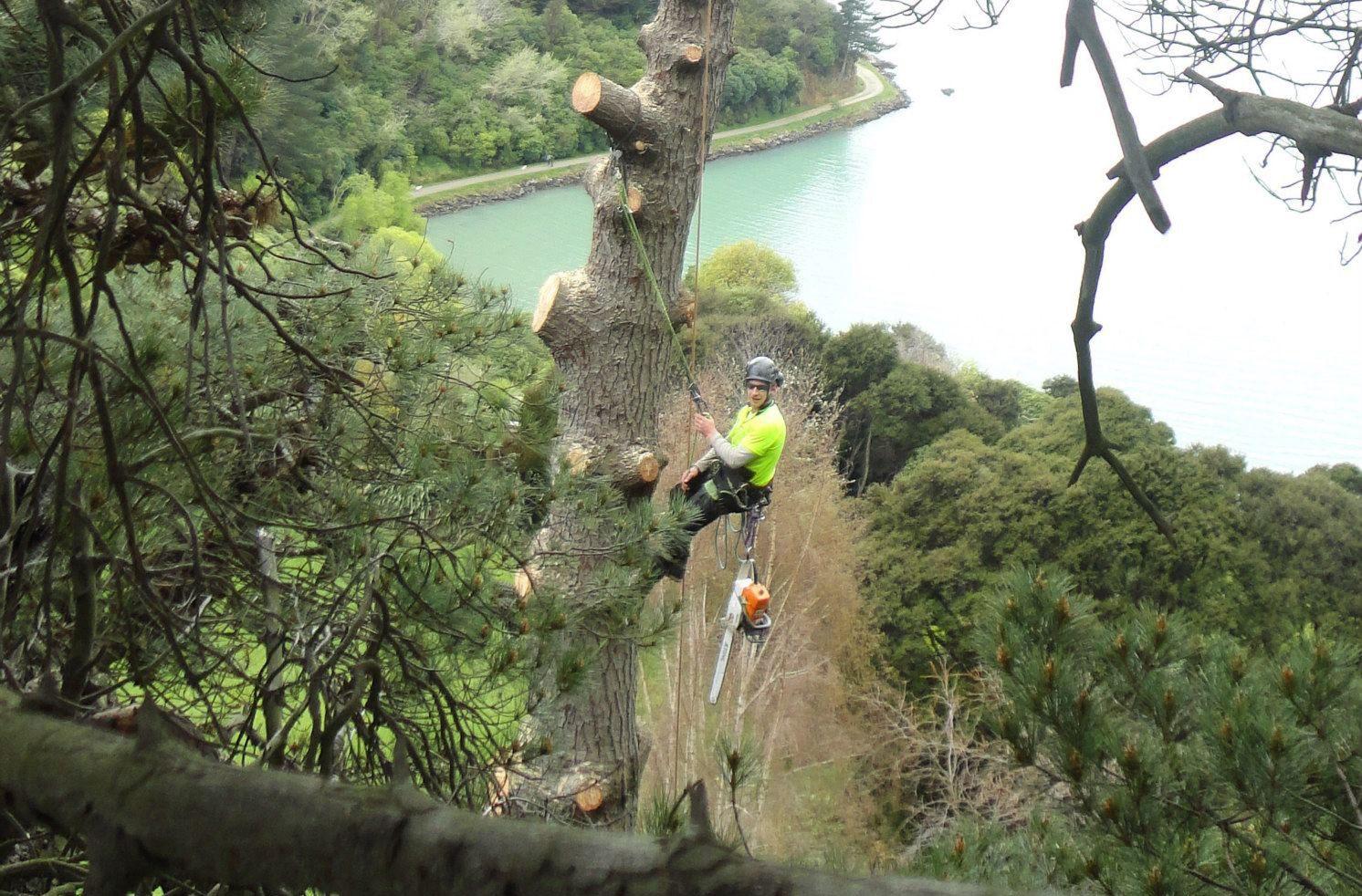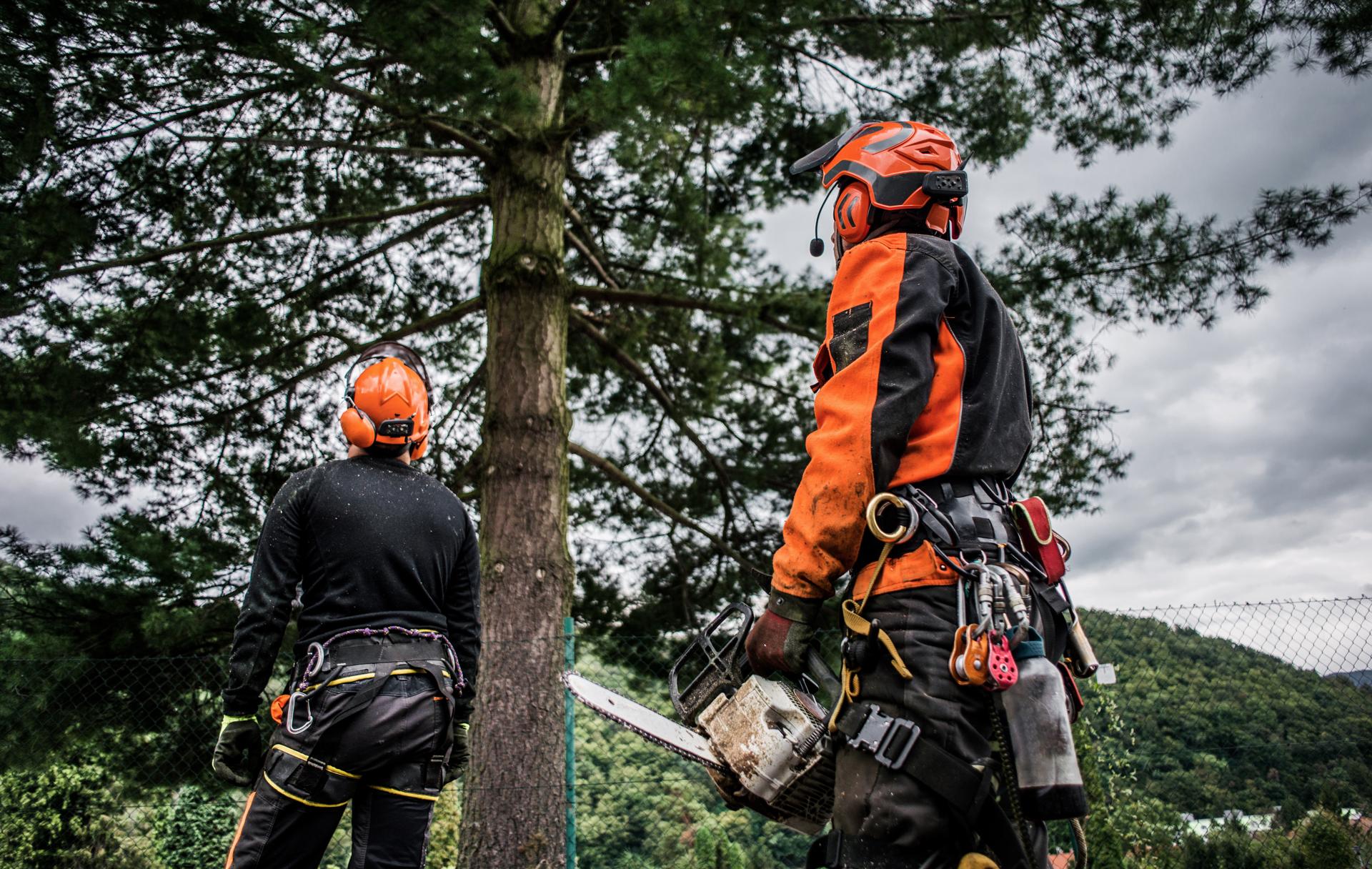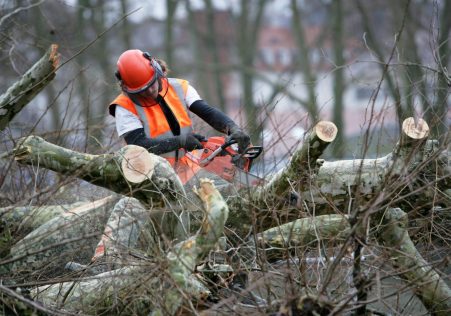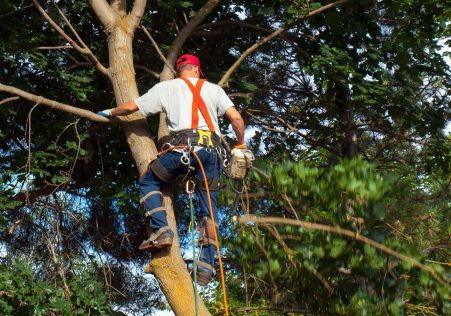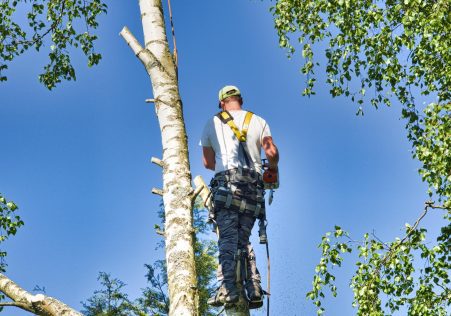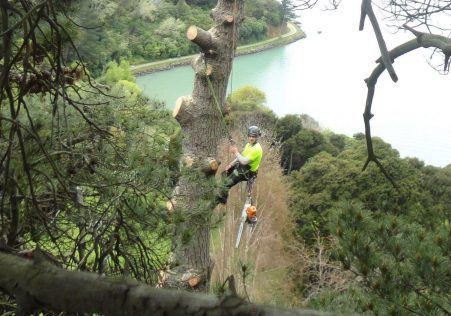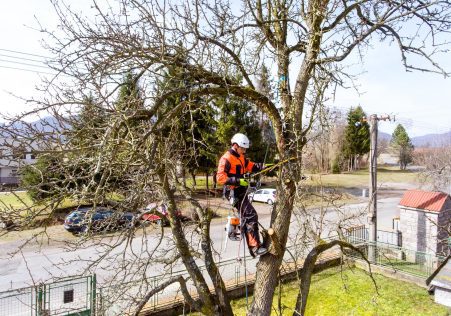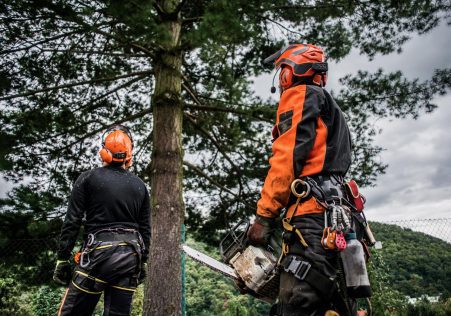How Long Do Cut Tree Roots Last?
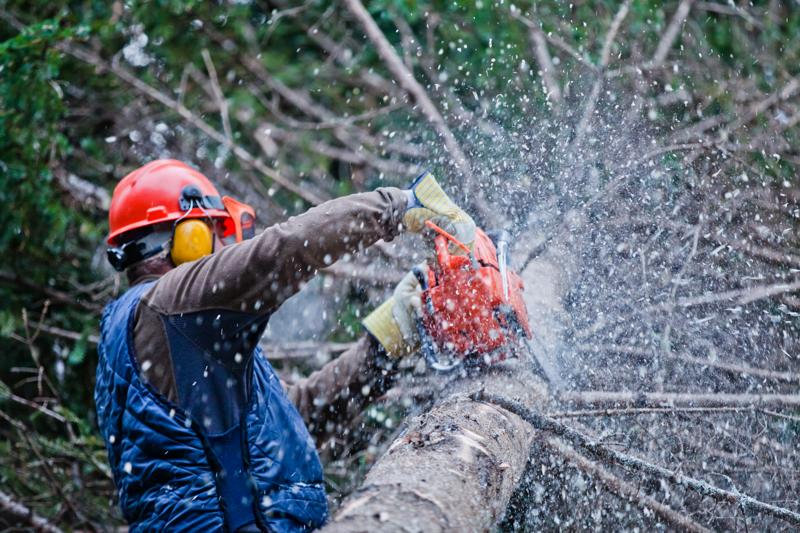
Tree removal is a necessary task for many property owners, however, it’s not as easy as cutting off the trunk and leaving the roots to decay. Understanding the lifespan of tree roots is vital in ensuring it is completed correctly and safely. In this article, we’ll look at the time that tree roots live after a tree has been removed and address many of the frequently asked questions regarding this subject.
How long do tree roots last after cutting them down?
The lifespan of tree roots after a tree is cut down may vary widely based on the species that the tree is, as well as the size of the root, and the environmental conditions. In general, it is possible to conclude that tree roots will continue to live for many years after a tree has been cut down. This is because the roots are still capable of taking in water and nutrients from the soil long after the plant is removed.
Factors that Affect the Longevity of Tree Roots
There are several variables that affect the longevity of tree roots after a tree has been cut down. A few of them are the species of trees Certain species of trees possess roots which are much more robust and more durable than others. For example, oak tree roots are known to last for a long time after the tree has been taken down. Size of roots The more extensive the roots of a tree, the longer they will likely remain after the tree has been removed. This is because larger roots are able to absorb water and nutrients in the soil. Conditions in the soil: The kind, temperature, and the level of moisture in the area where it was cut could influence the lifespan that the root system. When the soil becomes dry, compacted and degraded, the roots will decay faster. When the soil remains well-drained and moist it will be longer lasting for the roots.
What happens to tree Roots Following the cutting?
When trees are cut down the roots slowly begin to decompose. This process can take several years depending on the circumstances mentioned above. In this period, the roots will slowly release nutrients back into the soil which could be beneficial for other plants within the region. When the roots are fully decomposed, they will not pose a risk to structures or landscapes around them.
FAQs:
Can tree roots regrow after cutting them down?
The roots of trees cannot grow back after a tree been cut down. Once the roots have been removed, they will slowly start to decay and cease to be capable of regrowing.
Will tree roots continue to grow after cutting them down?
The roots of trees aren’t going to remain growing after a tree is taken down. But, they’ll remain alive for a number of years as they’re still capable of absorption of nutrients and moisture in the soil.
Are tree roots likely to continue to grow after cutting down?
No, tree roots will not continue to spread after the tree has been removed. After the tree is removed, the tree’s roots are slowly beginning to break down and not pose a risk to surrounding structures or landscapes.
Conclusion:
In the end, the life span of tree roots following the tree has been removed is a matter of debate according to a number of variables. Knowing the duration the tree’s roots can last is essential to ensure that the removal process is completed in a safe and secure manner. If you have a tree that needs to be removed, it’s recommended to employ a professional Blacktown Tree Removal arborist to carry out the job. Our highly skilled and knowledgeable arborists have the necessary equipment and experience to safely and efficiently remove trees and address any concerns regarding the longevity of the roots. Contact us today by calling 0480 024 203 to schedule a consult and to learn more about our tree removal services for Blacktown. Don’t risk damaging your property or putting yourself at risk by attempting to remove a tree your own. Let the professionals at Blacktown Tree Removal handle all of the tree removal requirements.

